The recent CoreLogic report is a sobering reminder to buyers who are tackling a purchase effort in the vast majority of our capital (and regional) cities around the nation. Although it’s hard to fathom for many, we do have to take stock of the rate of market movement when assessing a likely sale price of a property we may be circling in on.
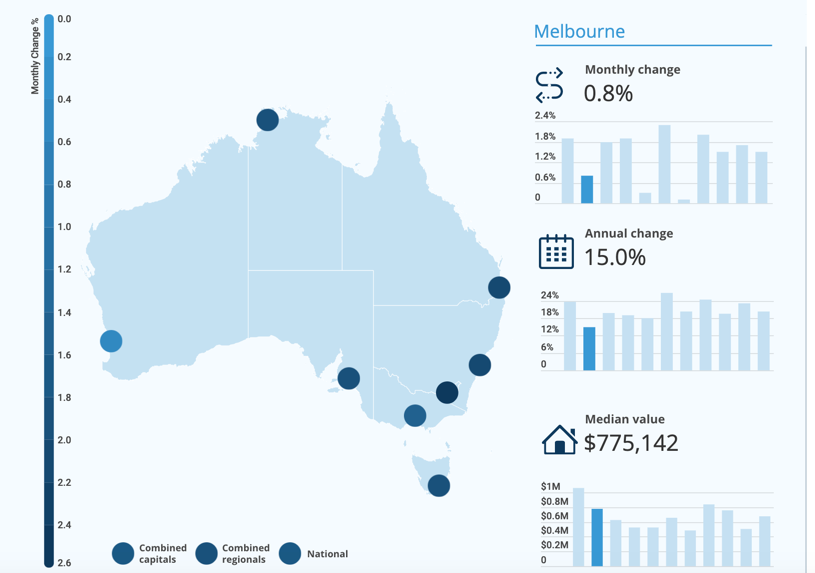
Melbourne’s overall capital growth performance is moderate compared to some of the other cities, however an annualised market movement of 15% for all dwellings is not to be sneezed at.
It is significant.
And if we segment the market and consider the growth of houses versus units, inner-ring versus outer ring, and those in streets that are defined as A-grade, (as opposed to compromised properties), it’s reasonable to assume that the higher scoring houses in tightly-held areas will eclipse this 15% figure easily.
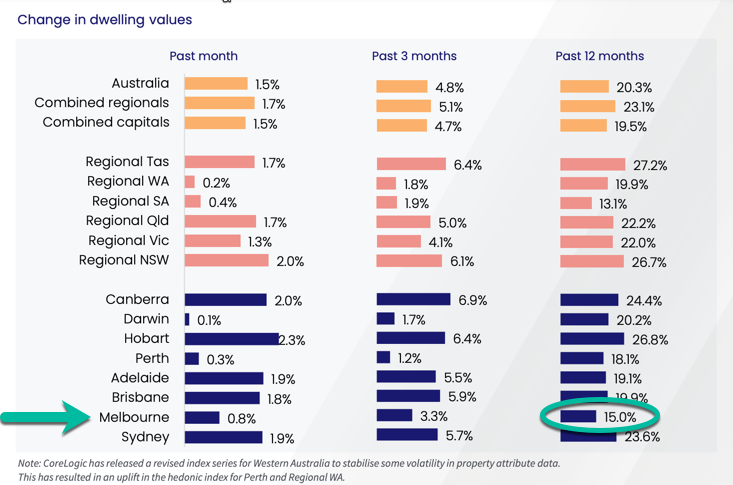
For a city that is now recognised on the world stage as the lockdown city, and considering our ability to inspect property was completely hampered for months over both 2020 and 2021, it’s remarkable to think that our property market has performed so strongly.
I had a sobering reminder of the pace of our market earlier this week. A client sent me a property of interest and I quickly checked the address on a search engine. It had sold a little over a year ago for $930,000. Upon checking ho the new listing compared to the old listing, it was obvious that the house was basically unchanged. I called the agent to arrange an inspection, only to be told that it had just sold, and in her words, “well over $1.1M.”
That’s likely over a 20% gain in 15 months… not a bad gain at all; just for buying during a pandemic and holding tight for a year.
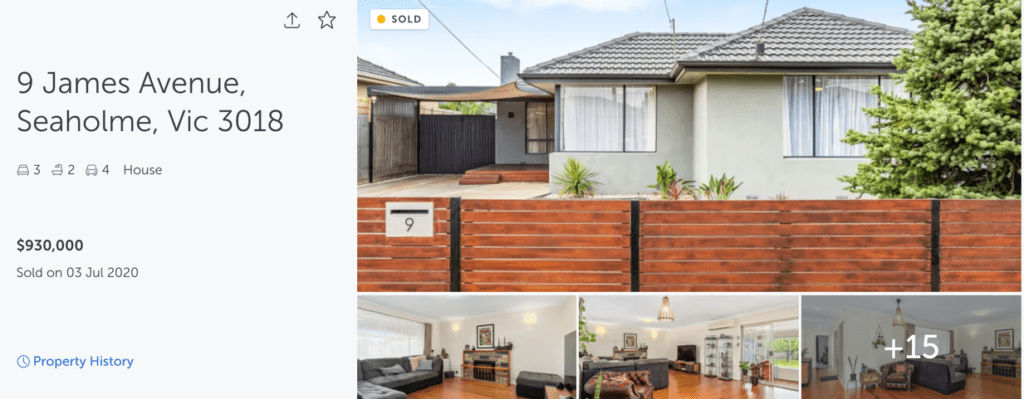
I’ve written extensively about the impact of market confidence; largely driven in the housing market by consumer sentiment. The compounding impact of government incentives has certainly spurred on house price growth, but the key ingredient has been low interest rates.
Money has never been cheaper.
However, there are other contributing factors to this crazy market growth around our nation, and they have been less talked about than the items above.

Firstly, our increased requirement to work from home effectively. Many have navigated this well from their apartments and snug family homes, but for those who have found it unbearable, the desire to upgrade the size of their dwelling has been evident in the statistics. Not surprisingly, for those who have faced affordability issues in their capital cities, the attraction of nearby regional cities and more affordable capital cities has been front and centre over this past year.
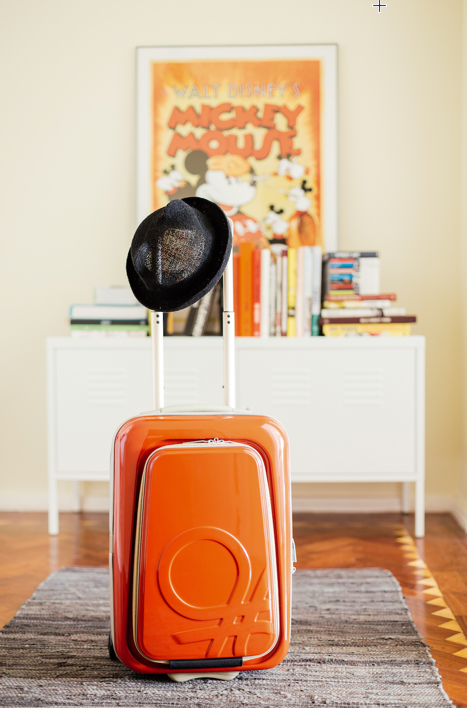
Regional and interstate migration has certainly taken place on a larger than normal scale. But for those who have gravitated to larger dwellings within their home city, the competition for family homes has been palpable.
A sad, and less talked about observation has been the rise of break-ups. Being locked up inside during a pandemic is a sure way to test a relationship. While it’s been an anticipated by-product in our industry, it has been quite surprising to gauge just how many sales have been precipitated by relationship breakdowns.

The interesting thing to note is that the net demand for housing increases when two parties split and each desire their own home.
The ratio of buyers to sellers changes if more buyers are contemplating a solo purchase at a similar time.
Another interesting observation relates to builders and building materials. We have a complete shortage around the nation due to heightened demand, logistics issues and material shortages. Renovating and building is comparatively costly as a direct result of supply:demand, and many consumers are not prepared to wait it out. I heard a report from a prospective client during the week that after giving careful consideration to an extension on their home, their builder told them, “don’t bother. It will probably be cheaper and easier to just sell and buy a bigger home.” It was surprising indeed, given the associated costs with buying and selling in the Australian market. Factoring in stamp duty, agent’s fees, marketing costs and styling is imperative.
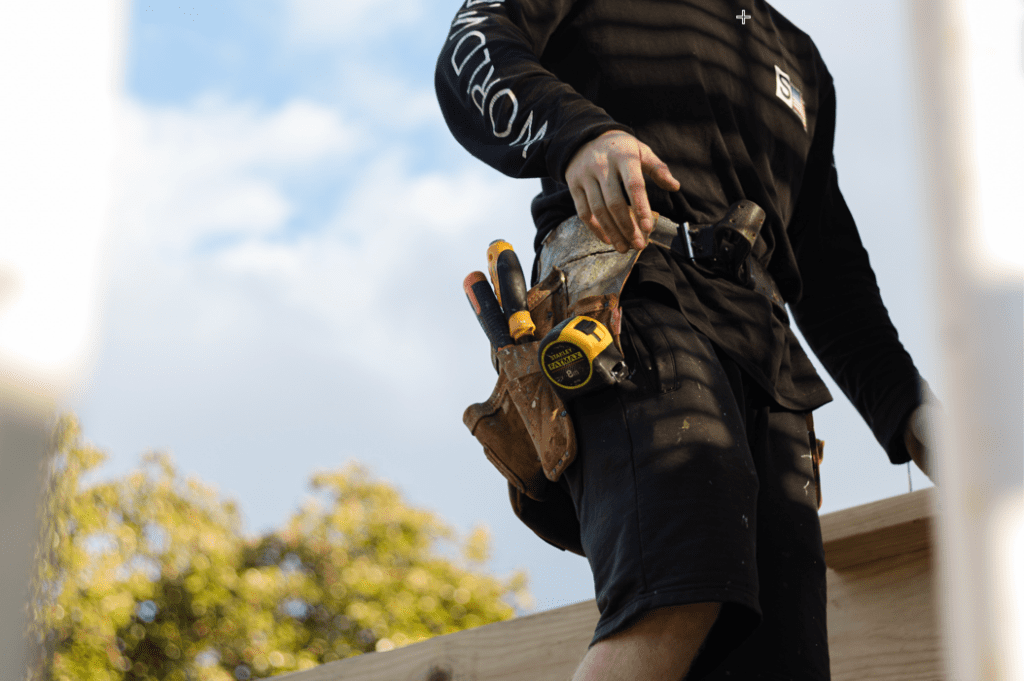
The last trend we’ve seen, and it’s a subtle one, is the emergence of start-ups and entrepreneurs. This pandemic has forced many to think carefully about what they really want in life. The proliferation of work-from-home opportunities has been a curated arrangement by many. We have witnessed many client journeys and enquiries hinging around the need for work-space/preparation space/packing and storing space and space for creation of products. All of this equates to larger land and/or larger homes as these entrepreneurs establish themselves in their new zone to operate commercially from home. Whether it be hybrid spaces where workplace and home blend, or shopfronts with living quarters attached, there is no doubt that demand has increased.

The pandemic has shaped the way we think about work and home, and it’s likely that many of these changes are here to stay.
REGISTER TO OUR NEWSLETTER
INFORMATION
CONTACT US
1A/58 ANDERSON STREET,
YARRAVILLE VIC 3013
0422 638 362
03 7000 6026
CATE@CATEBAKOS.COM.AU
